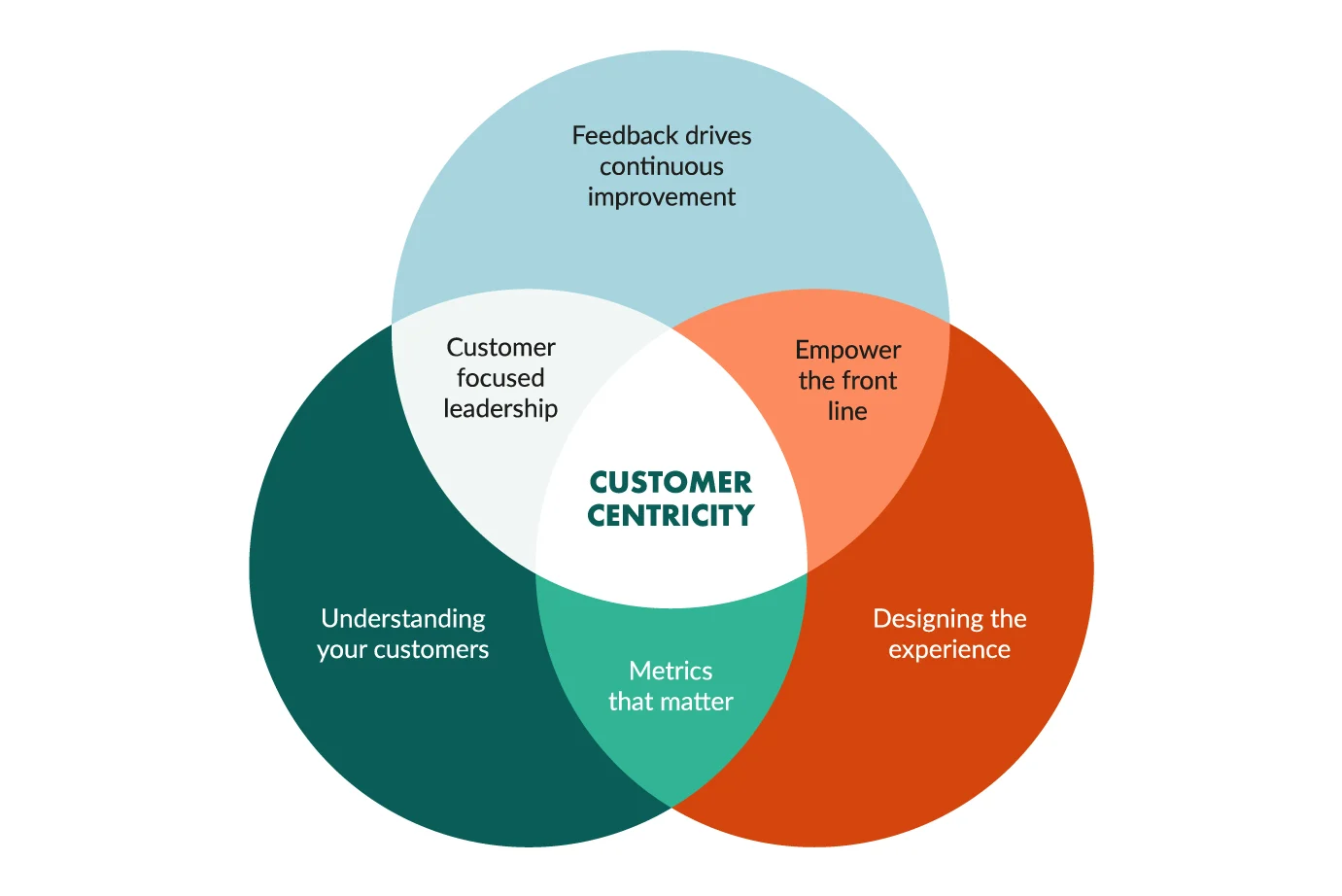Introduction to the Importance of Customer Support;
In today’s competitive market, customer support is more than just a service—it’s a cornerstone of business success. A single interaction can shape how clients perceive your brand and influence their loyalty. When customers feel valued and understood, they’re not only likely to return but also to spread the word about their positive experiences.
With consumers increasingly demanding immediate assistance and personalised care, businesses must adapt their strategies accordingly. The way you handle inquiries or complaints can make all the difference in retaining loyal clients. Let’s explore effective customer support strategies that foster long-lasting relationships with your clients while keeping them coming back for more.
Types of Customer Support Strategies;
Customer support strategies come in various forms, each tailored to meet specific needs. Responsive support focuses on addressing customer issues as they arise. This reactive approach ensures that help is readily available when needed.
- Responsive vs. Proactive Support
Responsive support focuses on addressing customer issues as they arise. When clients encounter problems, the goal is to resolve them quickly and efficiently. This approach reacts to inquiries and complaints, ensuring customers receive assistance when needed.
Proactive support, on the other hand, anticipates potential challenges before they affect the user experience. Companies that implement this strategy monitor trends or patterns in customer behaviour. They reach out with solutions or guidance even before an issue occurs.
Integrating both approaches can create a balanced customer support system. It ensures you’re ready for any situation while also preventing many problems from surfacing in the first place. The key lies in knowing when to react and when to take initiative.
- Personalized vs. Standardized Support
Personalised support creates a connection. It involves understanding individual customer needs, preferences, and history. When clients feel recognised, their loyalty increases.
On the other hand, standardised support offers consistency. Every customer receives the same information and service quality. This approach is efficient but can lack warmth. Imagine calling a company where an agent knows your name and past issues. That personal touch makes you feel valued.
The balance between these approaches is crucial for success. Companies must decide when to personalize interactions and when to stick with standard procedures for efficiency’s sake. Ultimately, blending both strategies might be the key to satisfying diverse clientele while maintaining operational effectiveness.
- In-house vs. Outsourced Support
Choosing between in-house and outsourced customer support is a pivotal decision for many businesses. In-house teams provide better control over the training and company culture. They understand your brand’s nuances intimately.
Outsourced support, on the other hand, offers flexibility and cost efficiency. It allows access to a wider talent pool without the overhead of hiring full-time staff. This model can adapt quickly to fluctuating demand. Ultimately, both options have their merits and drawbacks. Knowing your business needs will guide you toward the right choice for delivering exceptional service consistently.
Case Studies: Successful Companies with Exceptional Customer Support
One standout example of exceptional customer support is Zappos. This online shoe retailer has built its reputation on delivering not just products, but memorable experiences. Their representatives are known for going above and beyond, often engaging customers with personal touches that create lasting connections.
Another notable case is Amazon. With their innovative approach to customer service, they provide a seamless shopping experience. Features like one-click ordering and easy returns keep users satisfied while allowing them to focus on convenience. Then there’s Apple, renowned for its knowledgeable support staff at Genius Bars. Customers appreciate direct access to experts who can troubleshoot issues face-to-face, enhancing trust in the brand.
These companies demonstrate how prioritising customer support fosters loyalty and encourages repeat business through genuine care and attentiveness.
Tips for Improving Your Current Customer Support Strategies;
- Start by actively listening to your customers. Encourage feedback through surveys, social media, or direct conversations. Understanding their needs and concerns is crucial.
- Empower your support team with training. Equip them with the knowledge and tools needed to solve problems efficiently. A well-informed team can transform a frustrated customer into a loyal advocate.
- Implement self-service options like FAQs or chatbots. Many customers prefer finding solutions independently. This not only speeds up response times but also reduces workload on your staff.
- Regularly review interactions for quality assurance. Analyse what works and what doesn’t, then adjust accordingly. Continuous improvement keeps your service fresh and effective.
- Foster a culture of empathy within your organisation. Ensure every employee understands the importance of being compassionate towards clients’ issues—this approach builds trust and loyalty across all touchpoints.
Measuring Success: Key Metrics for Evaluating Customer Satisfaction
Measuring customer satisfaction is essential for any business aiming to build loyalty. A few key metrics can provide valuable insights into how customers perceive your support.
Net Promoter Score (NPS) helps gauge customer loyalty by asking them how likely they are to recommend your service. It’s a simple yet powerful tool. Customer Satisfaction Score (CSAT) measures immediate satisfaction after an interaction. This metric allows you to capture feedback right when it matters most, giving a real-time snapshot of performance.
Another important measure is Customer Effort Score (CES). This evaluates how easy or difficult it was for customers to resolve their issues. Lower effort scores often lead to higher satisfaction and retention rates. Regularly analysing these metrics enables businesses to identify trends, areas for improvement, and overall effectiveness in providing exceptional support. Engaging with this data can set the stage for long-lasting client relationships.
The Role of Technology in Enhancing Customer Support;
Technology has revolutionised customer support in countless ways. Chatbots, for instance, provide instant assistance around the clock. They handle common questions efficiently, freeing up human agents for more complex issues.
Moreover, CRM software helps companies track interactions and preferences. This data enables personalized service tailored to individual needs. Customers feel valued when their history is recognized. Social media platforms also play a crucial role. Businesses can engage with clients directly and respond to feedback swiftly. This two-way communication builds trust. Automation tools streamline processes such as ticketing systems and follow-ups. These innovations reduce response times and improve overall service quality.
Finally, analytics offer insights into customer behavior patterns. Companies can adapt strategies based on real-time data, enhancing user experience continuously. Embracing technology isn’t just an option; it’s essential for staying competitive in today’s market.
Common Mistakes to Avoid in Customer Support;
- One common mistake is overlooking the importance of training. Even with a great product, untrained staff can lead to poor customer experiences. Ensure your team knows the ins and outs of your offerings.
- Another pitfall is failing to listen actively. Customers often reveal valuable insights when they feel heard. Neglecting their feedback can damage relationships that took time to build.
- Additionally, many businesses assume customers prefer digital communication only. However, some still appreciate personal interactions like phone calls or face-to-face meetings.
- Ignoring response times is also detrimental. Slow replies can frustrate clients and result in lost opportunities for engagement or sales.
- Finally, avoid treating all customers uniformly. Tailoring responses based on individual needs fosters loyalty and enhances satisfaction levels significantly.
Conclusion:
Implementing effective customer support strategies is essential for retaining loyal clients. Businesses that prioritise their customers’ needs and experiences foster long-lasting relationships. By understanding the different types of support, from responsive to proactive approaches, companies can tailor their services to meet diverse client expectations.
Learning from successful case studies showcases how exceptional customer support leads to increased loyalty and advocacy. Emphasising ongoing improvement through key metrics allows businesses to gauge success effectively while adapting strategies as needed.
The incorporation of technology further enhances the efficiency of customer service operations, streamlining processes and providing quicker resolutions. However, avoiding common pitfalls like inadequate training or neglecting feedback will strengthen the overall experience for clients. By committing to these practices, brands can create an environment where customers feel heard and appreciated, ultimately driving repeat business and fostering a community around their offerings. Building strong foundations in customer service today sets the stage for lasting loyalty tomorrow



































